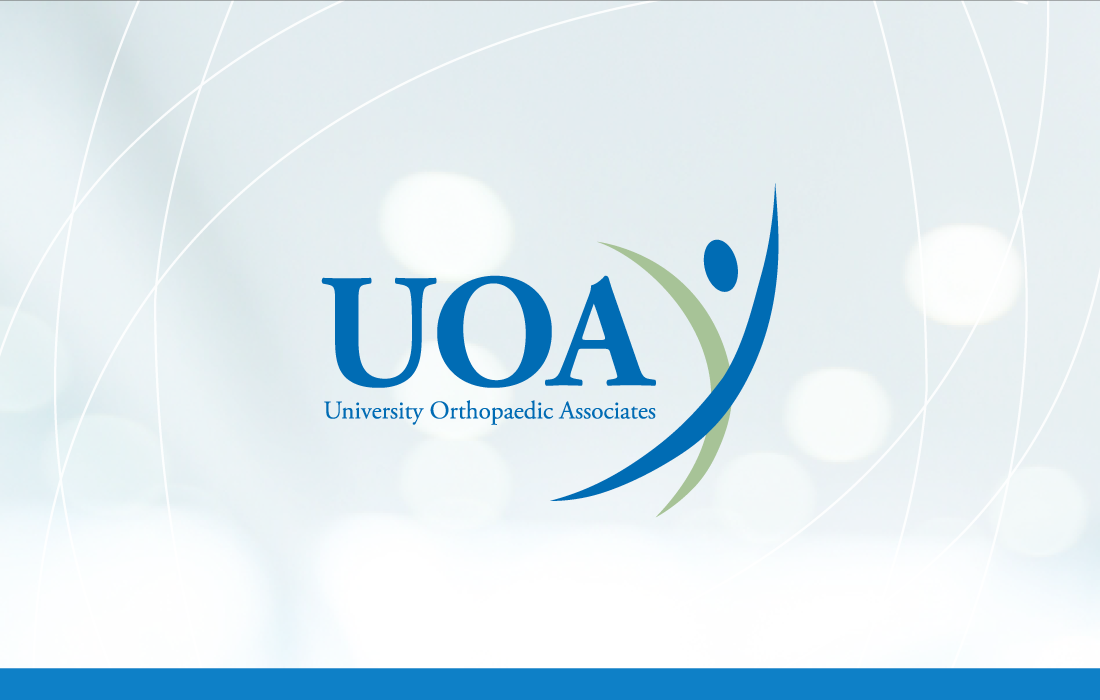What Is Prehabilitation?

Prehabilitation is defined as physical and/or lifestyle preparation designed to improve recovery time following surgery.
The goal is to ultimately increase functional capacity by ramping up physical activity prior to a procedure. By doing this, the body becomes pre-conditioned to endure the stress of inactivity during the initial recovery process. It’s easiest to think of it almost as a jumpstart for the post-procedure healing process.
What Is the Importance of Prehabilitation?
While rehabilitation is crucial, adapting a prehabilitation program can be the difference in post-surgery pain level and recovery time.
In fact, in a study of 60 patients undergoing spine surgery, the group given an integrated prehabilitation program with early rehabilitation improved their outcome and shortened their hospital stay.
In some cases, prehab can even decrease the amount of rehab following a procedure. According to Arthritis Today, pre-surgery exercises for a knee procedure can speed recovery time and reduce the need for post-surgery inpatient rehab by up to 73 percent.
Orthopaedic patients can particularly benefit from prehabilitation, as it is a very effective way to strengthen the ligaments, muscles and soft tissues surrounding common sites of orthopaedic procedures.
What Are the Components of Prehabilitation?
According to the National Institutes of Health (NIH),
By improving an individual’s functional capacity through increased physical activity before an anticipated orthopaedic procedure, it seems reasonable to assume that the individual will maintain a higher level of functional ability and rebound more rapidly in the rehabilitation process. Prehabilitation is the process of enhancing functional capacity of the individual to enable him or her to withstand the stressor of inactivity associated with an orthopaedic procedure. A generic prehabilitation program incorporates the components of warm-up, a cardiovascular component, resistance training, flexibility training, and practicing functional tasks.
Here is a breakdown of those components:
• Warmup (e.g., stretching, light jogging, stationary biking)
• Cardiovascular (e.g., jogging, stationary biking, walking)
• Resistance training (e.g., weightlifting, calisthenics, using resistance bands)
• Flexibility training (e.g., stretching, yoga, weightlifting, calisthenics)
• Functional tasks (e.g., ascending/descending stairs, sitting-to-standing)
Some programs also include stress/emotional management, as well as nutrition plans (e.g., improving diet to optimize nutrient intake).
It’s important to note that prescribed prehabilitation plans can vary greatly from patient to patient, but they are always designed to fit the exact needs of whatever procedure will be performed.
The Prehabilitation Experts
At UOA, we formulate detailed prehabilitation programs on an individual level. Our customized treatment plans reflect your needs, procedure and medical history. We continuously work with you to achieve optimal strength before and after your procedure.
Consult your UOA physician or our physical therapy department for a personal prehabilitation program today.

